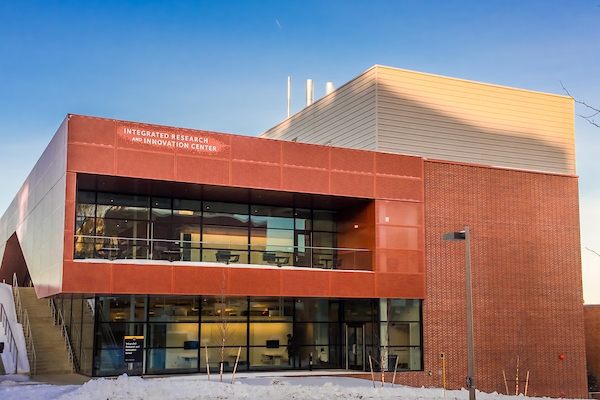2018 Research Report
According to Vice President of Research and Economic Development Janet E. Nelson, the University of Idaho is significantly expanding its research enterprise. This growth is resulting in new technologies and infrastructure, collaborative partnerships and leveraged investments. Read Nelson’s entire message and download Inspired Discoveries, the 2018 Research Report, to learn more.






